Artificial intelligence is being used in an unexpected way; helping perfume makers create their next great fragrance. Veuer’s Justin Kircher has the story.
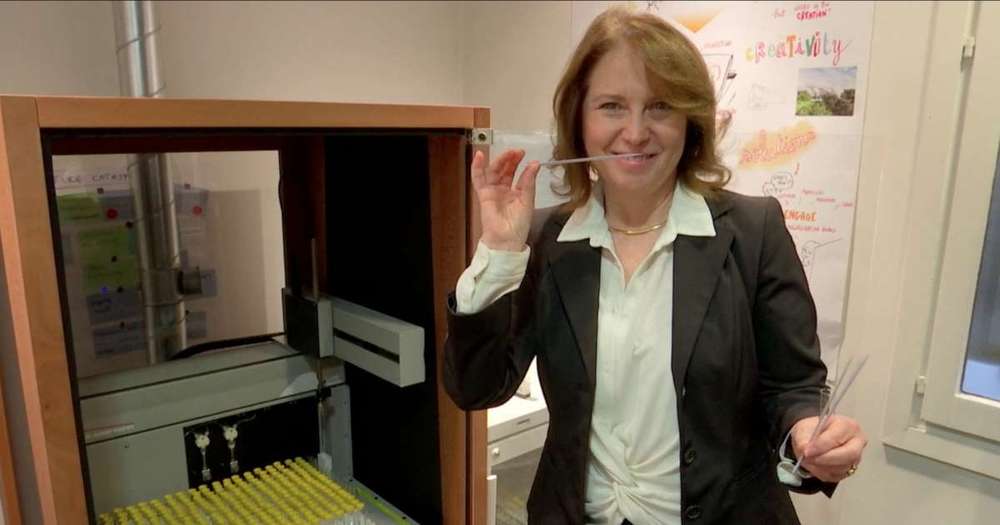

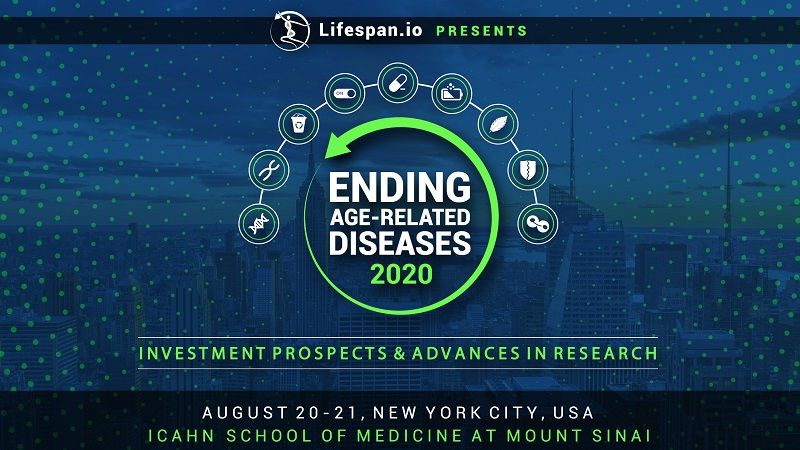
Lifespan.io is hosting its third annual conference on aging and rejuvenation biotechnology.
The Life Extension Advocacy Foundation/Lifespan.io, a nonprofit company promoting aging research, is hosting its third annual Ending Age-Related Diseases: Investment Prospects and Advances in Research conference on August 20–21 at the Stern Auditorium of the Icahn School of Medicine at Mount Sinai (New York City, USA).
The goal of this conference is to promote scientific and public discussion in order to foster the development of interventions that target aging and are capable of relieving our aging society from the burden of age-related diseases. Key topics of the conference include biomarkers of aging, discoveries in fundamental research, the development of interventions targeting the root mechanisms of aging, investment strategies, and regulatory issues that are relevant to rejuvenation research.
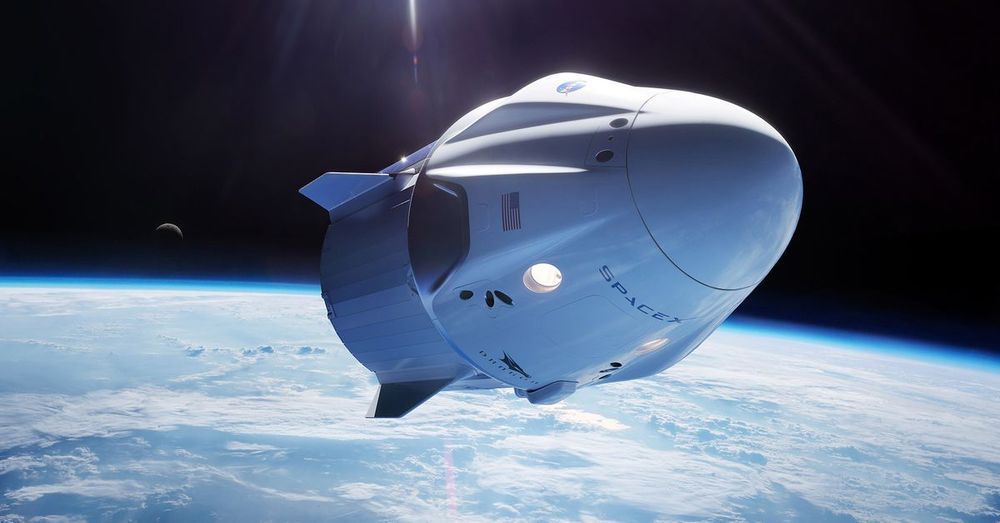
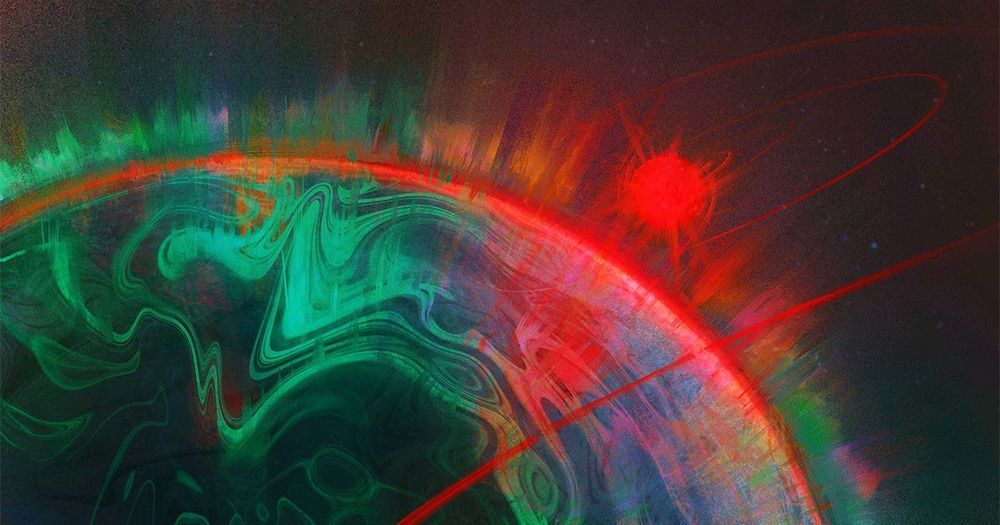
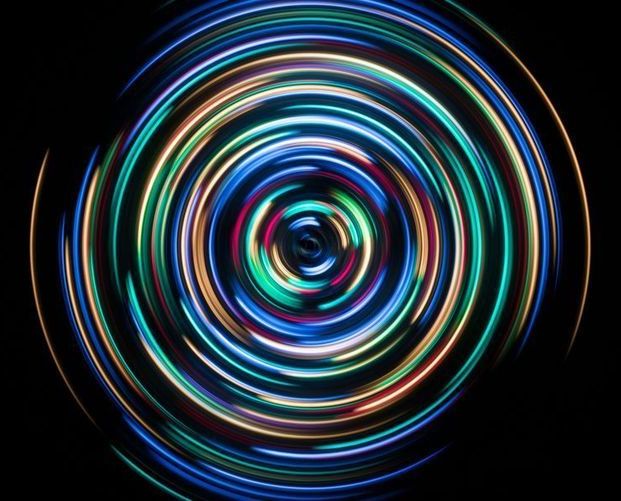
Scientists at Purdue University have made the fastest spinning object ever, a tiny ball of silicon dioxide that rotates 300 billion times per second. They positioned the microscopic silica balls in a vacuum and blasted them with two different lasers that induce the spin.
In 2018, scientists at the Institute for Photonics at ETH Zurich (a small, elite science university) created the first billion-RPM object and said they hoped it would accelerate, so to speak, the discovery of wild and unpredictable things. And that has certainly borne out, because the Purdue team has shown that even in a near vacuum, the spinning silica particles create measurable friction.
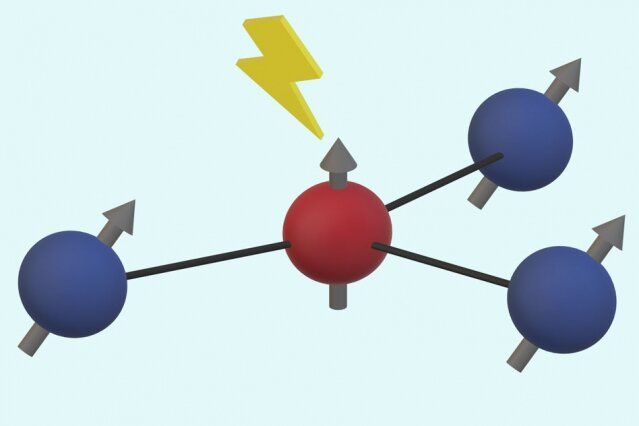
Labs around the world are racing to develop new computing and sensing devices that operate on the principles of quantum mechanics and could offer dramatic advantages over their classical counterparts. But these technologies still face several challenges, and one of the most significant is how to deal with “noise”—random fluctuations that can eradicate the data stored in such devices.
A new approach developed by researchers at MIT could provide a significant step forward in quantum error correction. The method involves fine-tuning the system to address the kinds of noise that are the most likely, rather than casting a broad net to try to catch all possible sources of disturbance.
The analysis is described in the journal Physical Review Letters, in a paper by MIT graduate student David Layden, postdoc Mo Chen, and professor of nuclear science and engineering Paola Cappellaro.
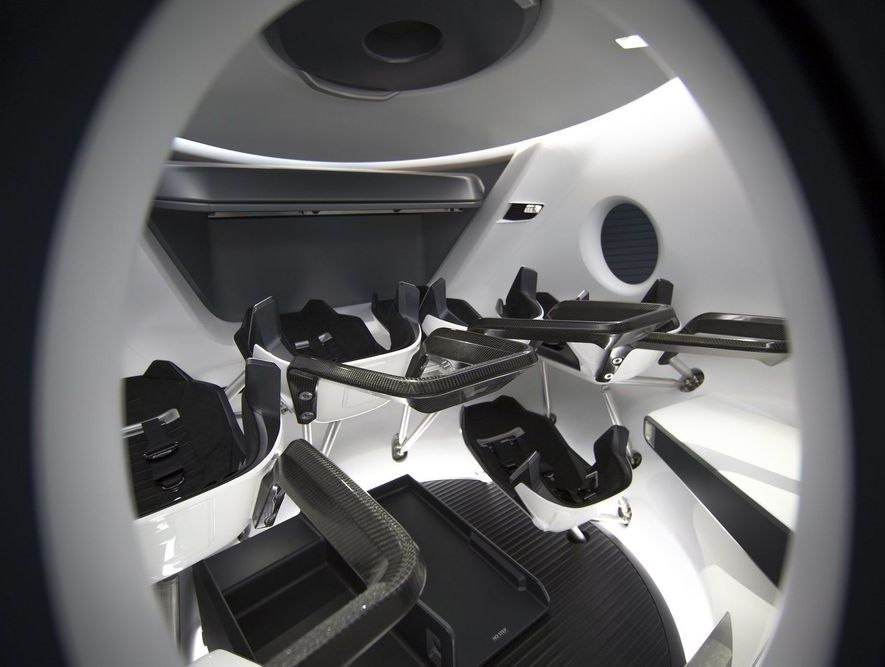
SpaceX will fly four privately-paying space tourists to orbit in its Crew Dragon capsule, the company unveiled on Tuesday.
“This historic mission will forge a path to making spaceflight possible for all people who dream of it, and we are pleased to work with the Space Adventures’ team on the mission,” SpaceX president and COO Gwynne Shotwell said in a statement.
The customers will be brokered through Space Adventures, a company that’s flown private citizens to the International Space Station using Russian spacecraft. The firm said this Crew Dragon mission will allow four individuals to “see planet Earth the way no one has since the Gemini program” of the 1960s.
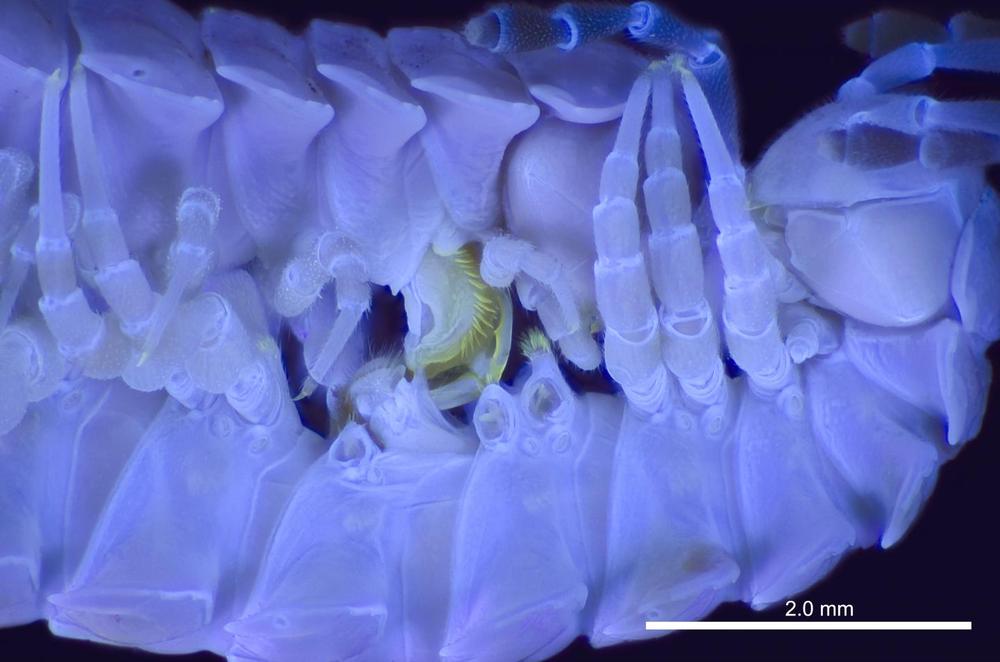
A team of US scientists has just solved a long-standing biological mystery – how exactly do millipedes mate? Using a variety of novel imaging methods, including microscopic ultraviolet photography and micro-CT scanning, the research finally figured out how these tiny creatures get it on.
“This is the first time we’ve been able to understand these millipedes’ mechanism of insertion, how the male and female organs interact with each other,” says Petra Sierwald, from Chicago’s Field Museum and one of the study’s authors. “Before this, we had no idea how he would actually get the sperm into her.”
Millipedes can generally be somewhat shy organisms, so getting them to mate in laboratory conditions hasn’t been easy. The new study focused on a type of small, brown North American millipede called Pseudopolydesmus, known for being more than willing to mate, even in the most exhibitionist situations.